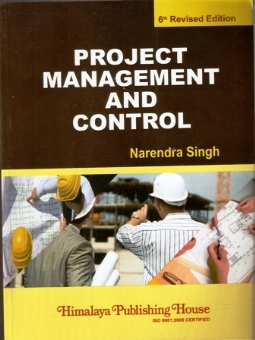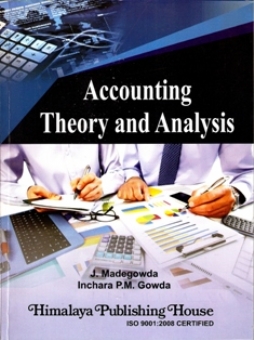The presented book is compiled to adhere to the journalism curriculum prepared under India’s new education policy. This book benefits students pursuing graduate, post-graduate, and diploma courses in mass communication and journalism.
Various topics of Journalism and Mass Communication have been discussed in detail in this book.
The book is focused on providing all students with a holistic knowledge of Mass Communication and Journalism in Print Media.
The rapid integration of telecommunications, computing, broadcasting, and other media, challenges mass communication’s traditional discipline. So, the author has provided a comprehensive and critical account of the recent developments in the media industries for a better understanding of the students.
The book, undoubtedly, is full of information backed up by facts and figures. After studying this book thoroughly, students will be able to understand the nuances of both theoretical and practical fields of journalism. This book will acquaint them with the problems of the world of journalism and prepare them for the upcoming challenges in the field.
Hence, this book perfectly blends theoretical knowledge and hands-n experience from practical work in journalism.
Contents –
1. The Art of Printing and Mass Communication Medium
1.1 Nature of Various Mediums of Mass Communication
1.2 Print Journalism and Art of Printing
1.3 History and Development of the Art of Printing
1.4 Development of Printing Art in India
2. Fundamentals and Types of Journalism
2.1 The Meaning of Journalism
2.2 Form and Significance
2.3 Objectives of Journalism
2.4 Nature of Journalism
2.5 Principles of Journalism
2.6 Fields and Types of Journalism
3. Journalism: History and Development
3.1 Rise of Global Journalism
3.2 The Beginning of Journalism in India
4. Press Law and Code of Conduct
4.1 Major Press Laws
4.2 Press Council of India, 1966
4.3 Code of Conduct
4.4 The Responsibility of Journalism as the Fourth Pillar in a Democracy
5. Reporter
5.1 Reporter: Role and Importance
5.2 Qualities of a Reporter
5.3 Duties of a Reporter
5.4 Categories, Functions and Code of Conduct of Reporters
6. News
6.1 Concept of News
6.2 Newspapers
7. Compiling News
7.1 Sources of News
7.2 News Agencies
7.3 Press Bulletin
7.4 Press Release
7.5 Non-news Releases
8. News Writing: Print Media
8.1 News Writing
8.2 Style of News Language
8.3 News Structure (Components)
8.4 Different Types of News Structure
8.5 Inverted Pyramid Structure
8.6 Uniform Fact Writing
8.7 Chronological News Structure
9. Lead (Intro)
9.1 Meaning
9.2 Process of Writing an Introduction
9.3 Objectives of Lead
9.4 Types of Lead
10. Headlines
10.1 Headline
10.2 Purpose
10.3 Art of Writing Headlines
10. 4 Headline Structures
11. Various Dimensions of News
11.1 Boxes and Insets
11.2 Interviews
11.3 Press Conferences
11.4 News Follow-up
11.5 Investigative Journalism
11.6 Photo Journalism
11.7 Byline (Credit Line)
11.8 Date Line
12. News Editing
12.1 Fundamental Elements of Editing
13. Layout of Different Columns in Newspapers
13.1 Columns on the Front Page
13.2 Name Board
13.3 Columns of Editorial Page
13.4 Categorization of Editorial Page
13.5 Editorial Writing
13.6 Middle Pages
13.7 Last Page
14. Page Layout
14.1 Meaning, Objectives (Importance)
14.2 Process of Page Formatting
14.3 Design
14.4 Make-up
14.5 Layout
14.6 Precautions in Page Layout
14.7 Types of Page Layout
15. Practical Proofreading
15.1 Meaning and Significance
15.2 Process
15.3 Precautions in Proofreading
15.4 Traits of a Proofreader
16. Press Management
16.1 Concept of Press Management
16.2 Editorial Department
16.3 Administrative (Management) Department
16.4 Advertising Department
16.5 Circulation Department
16.6 Printing Department
16.7 Accounting Department
Bibliography








Your review is awaiting approval
Портал строительства https://mbmedicall.com ресурс для поиска информации о ремонте и строительстве. Полезные советы, технологии, инструкции и рекомендации для профессионалов и новичков.
Your review is awaiting approval
buy priligy 60 A, hrCyPA was analyzed on SDS PAGE followed by silver stain